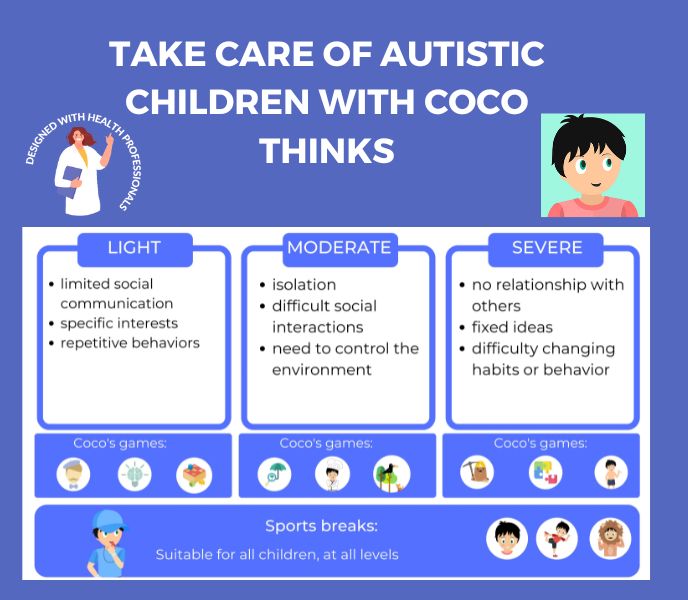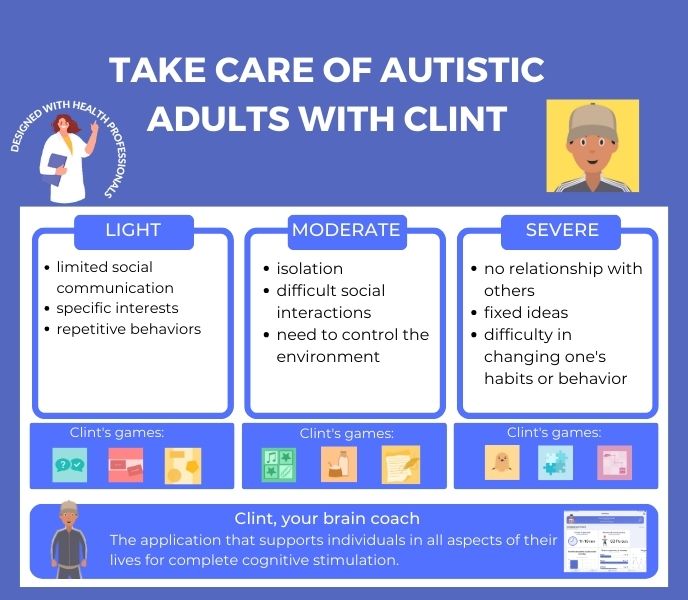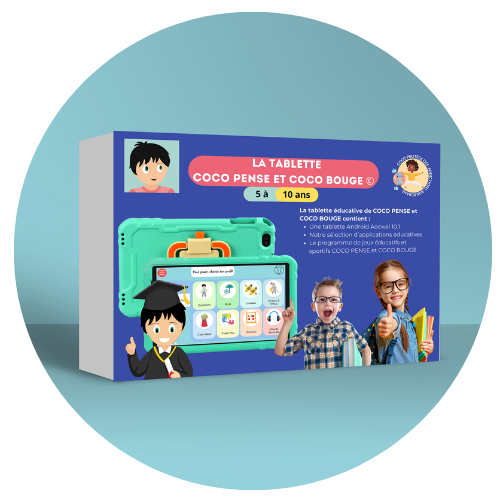Understanding the specific needs and emotions of autistic children is crucial in creating an environment where they can thrive, here is a link if you would like to learn more about understanding emotions of an autistic child. Factors such as sensory sensitivities, communication difficulties, and repetitive behaviors necessitate tailored approaches to safety and security within the home. By addressing these unique aspects and implementing appropriate modifications, caregivers can create a space that fosters comfort, autonomy, and a sense of security for their autistic child. In this guide, we will explore strategies and tips for creating a safe and supportive home environment tailored to the needs of autistic children.
Understanding Autism Spectrum Disorder (ASD)
ASD encompasses various characteristics, including challenges in social interaction, communication, and behavior, which affect individuals differently. Sensory sensitivities, such as reactions to sounds or textures, are common among those with ASD, often leading to sensory overload and distress.
Communication Challenges:
- Communication difficulties range from delayed speech development to struggles with understanding and using non-verbal cues;
- These challenges can hinder social interactions and require tailored support to facilitate effective communication.
Repetitive Behaviors and Restricted Interests:
- Repetitive behaviors and restricted interests are often observed in individuals with ASD, contributing to their unique behavioral profiles;
- Understanding these characteristics is crucial for providing appropriate support and accommodations to help individuals with ASD navigate the world more comfortably.
Providing Effective Support and Accommodations:
- Understanding the diverse characteristics of ASD is essential for offering effective support and accommodations tailored to individual needs;
- By addressing sensory sensitivities, communication challenges, and repetitive behaviors, individuals with ASD can navigate the world with greater comfort and confidence, fostering their overall well-being and success.
Designing a Safe Physical Environment
Designing a safe physical environment for an autistic child involves several key considerations. Minimizing sensory overload is essential, achieved by controlling stimuli such as harsh lighting, loud noises, and clutter. Creating quiet zones within the home provides a retreat for the child to decompress and regulate their sensory input when overwhelmed. Safety-proofing the home involves identifying potential hazards and implementing measures to mitigate risks, such as securing furniture, covering sharp corners, and installing locks on cabinets and doors. By carefully designing the physical environment with these strategies in mind, caregivers can help create a space that promotes the well-being and comfort of the autistic child while minimizing potential safety concerns.
Establishing Predictable Routines
Establishing predictable routines is paramount for the well-being and development of autistic children. Routines provide a sense of structure and stability, helping to reduce anxiety and uncertainty, which are common challenges for individuals with autism. Visual schedules play a crucial role in aiding comprehension and reinforcing routine expectations, offering a tangible way for children to understand and anticipate daily activities.
However, it’s also essential to incorporate flexibility within routines to accommodate unexpected changes or transitions, allowing for a balance between predictability and adaptability. By prioritizing routines and incorporating visual supports while maintaining flexibility, caregivers can create an environment that supports the unique needs of autistic children, fostering a sense of security and promoting positive outcomes in daily life.
Supporting Communication and Social Skills
Supporting communication and social skills in autistic children requires a multifaceted approach. Providing clear and direct communication is essential, as it helps minimize confusion and fosters understanding. Creating opportunities for social interaction, whether through structured activities or casual settings, encourages the development of social skills such as turn-taking, sharing, and initiating conversations.
Utilizing visual supports for communication, such as picture cards or social stories, can enhance comprehension and facilitate expression for children who may struggle with verbal communication. By implementing these strategies consistently and thoughtfully, caregivers can empower autistic children to effectively navigate social situations and communicate their thoughts and feelings, ultimately promoting greater confidence and social engagement.
Promoting Emotional Regulation
Promoting emotional regulation is crucial for the well-being of autistic children, and it involves several key strategies. Firstly, recognizing triggers for meltdowns or emotional dysregulation is essential, as it allows caregivers to anticipate and address potential stressors proactively. Teaching coping strategies tailored to the child’s individual needs equips them with tools to manage their emotions effectively. These strategies may include deep breathing exercises, sensory activities, or self-soothing techniques.
Additionally, creating calming spaces within the home provides a designated area where the child can retreat and regulate their emotions when feeling overwhelmed. By implementing these approaches consistently and with sensitivity, caregivers can help autistic children develop valuable skills for managing their emotions and navigating challenging situations with greater ease and resilience.
Encouraging Independence and Self-Care
Encouraging independence and self-care in autistic children involves a patient and structured approach. Breaking down tasks into manageable steps allows children to grasp each component before progressing to the next, fostering a sense of accomplishment and reducing overwhelm. Teaching life skills gradually, such as personal hygiene routines or household chores, empowers children to take ownership of their self-care in a supportive environment. Moreover, fostering confidence and autonomy through positive reinforcement and encouragement helps build resilience and a sense of capability.
By providing opportunities for children to practice and master new skills at their own pace, caregivers can nurture independence and self-confidence, laying the foundation for greater self-reliance and success in various aspects of life.
Collaboration with Professionals
Collaboration with professionals is integral to providing comprehensive support for autistic children. Involving therapists and specialists, such as speech therapists, occupational therapists, and behavioral specialists, ensures that interventions are tailored to the child’s specific needs and challenges. Implementing recommendations from these professionals, whether it’s creating therapy goals or incorporating specific strategies into daily routines, maximizes the effectiveness of interventions and promotes consistent progress. Additionally, regularly updating strategies based on the child’s progress allows for ongoing refinement and adjustment to meet evolving needs and goals.
By fostering open communication and collaboration between caregivers and professionals, autistic children receive holistic support that addresses their unique strengths and challenges, ultimately promoting optimal development and well-being.
Educating Family Members and Caregivers
Ensuring that family members and caregivers are well-informed about autism spectrum disorder (ASD) is crucial for creating a supportive environment for the child. By providing comprehensive information about autism, including its characteristics, challenges, and strengths, caregivers can develop a deeper understanding of the child’s unique perspective and needs. Additionally, educating family members about common misconceptions surrounding autism helps dispel myths and fosters acceptance and inclusion within the family unit. Moreover, offering guidance on effective strategies for supporting the child empowers family members to provide meaningful assistance in everyday interactions and activities. Through ongoing education and open communication, family members and caregivers can collaborate effectively to create a nurturing and inclusive environment where the autistic child can thrive.
Providing information about autism
Providing accurate and accessible information about autism spectrum disorder (ASD) is essential for fostering understanding and acceptance among family members and caregivers. This includes sharing insights into the various characteristics and behaviors associated with autism, as well as debunking misconceptions and stereotypes. By offering resources such as books, articles, and reputable websites, caregivers can facilitate a deeper understanding of autism and its impact on individuals and families. Additionally, providing information about available support services and therapies enables family members to access the necessary resources to help the child reach their full potential.
Through education and awareness, family members and caregivers can cultivate a supportive and inclusive environment that celebrates the unique strengths and abilities of autistic individuals.
Teaching strategies for supporting the child
Equipping family members and caregivers with practical strategies for supporting an autistic child is essential for promoting their well-being and development. This includes teaching techniques for effectively communicating with the child; such as using clear and concise language and incorporating visual supports when necessary. Additionally, guiding on managing challenging behaviors and implementing consistent routines and structure helps create a predictable and supportive environment for the child. Moreover, teaching strategies for promoting independence and self-care empowers the child to develop essential life skills and build confidence. It’s by sharing evidence-based strategies and offering hands-on support and guidance that family members and caregivers can play a vital role in helping the autistic child thrive and succeed in various aspects of life.
Encouraging empathy and understanding
- Building empathy and understanding among family members and caregivers is crucial for creating a supportive and inclusive environment for the autistic child;
- This involves promoting awareness of the child’s perspective, experiences, and unique challenges, fostering empathy towards their strengths and struggles.
Promoting Awareness and Firsthand Experiences:
- Providing opportunities for family members to learn about autism through firsthand experiences, such as interacting with autistic individuals or attending workshops and support groups, can deepen their understanding of neurodiversity;
- By engaging in these experiences, family members gain insight into the daily lives and needs of autistic individuals, enhancing their ability to provide effective support and care.
Emphasizing Patience, Flexibility, and Acceptance:
- Emphasizing the importance of patience, flexibility, and acceptance helps cultivate a compassionate and inclusive family dynamic;
- Creating an environment where the autistic child feels valued and understood fosters their sense of belonging and empowers them to thrive.
Nurturing a Compassionate and Inclusive Family Environment:
- By nurturing empathy and understanding within the family, caregivers create a nurturing and empowering environment where autistic children can flourish and reach their full potential;
- This supportive atmosphere promotes emotional well-being and fosters positive relationships, enhancing the overall quality of life for the entire family.
Maintaining a Supportive and Positive Atmosphere
Maintaining a supportive and positive atmosphere is essential for the well-being and development of an autistic child within their familial and caregiving environment. Celebrating achievements, no matter how small reinforces the child’s sense of accomplishment and boosts their self-esteem. Practicing patience and understanding is paramount, as it allows caregivers to navigate the unique challenges that may arise while providing unwavering support and encouragement.
Moreover, fostering a sense of belonging and acceptance within the family unit creates a safe and nurturing space where the child feels valued and understood. By cultivating a supportive and positive atmosphere characterized by celebration, patience, and acceptance, caregivers can create the optimal conditions for autistic child to thrive, flourish, and reach their full potential.
Creating a Crisis Management Plan
Creating a comprehensive crisis management plan is essential for ensuring the safety and well-being of an autistic child in times of distress. Firstly, identifying potential crises specific to the child’s needs and triggers is crucial for proactive planning and preparation. This includes recognizing common stressors or situations that may lead to meltdowns or heightened anxiety. Secondly, developing strategies for de-escalation involves implementing techniques to calm the child and prevent the situation from escalating further.
This may include providing sensory tools, using calming language, or implementing a predetermined calming routine. Finally, establishing emergency contacts and resources ensures swift access to support and assistance when needed. This may involve compiling a list of trusted individuals, such as therapists or family members, as well as contact information for local crisis hotlines or support services. By proactively addressing potential crises and implementing effective strategies and resources, caregivers can better manage challenging situations and ensure the safety and well-being of the autistic child.
Creating a supportive environment for an autistic child involves a multifaceted approach that encompasses understanding, patience, and proactive planning. Throughout this guide, we’ve emphasized the importance of recognizing the unique needs and challenges of autistic children and implementing strategies to support their well-being. Key points include the significance of establishing predictable routines, promoting emotional regulation, and fostering independence. It’s crucial to highlight the importance of ongoing support and adaptation, as the needs of autistic children may evolve over time.
By empowering families with knowledge, resources, and strategies, we can enable them to create a nurturing environment where their autistic child can thrive. Together, with dedication and compassion, we can ensure that every autistic child receives the support and understanding they need to reach their full potential.
AND FOR FURTHER INFORMATION

COCO, FOR AUTISTIC CHILDREN

CARING FOR AN AUTISTIC CHILD

CLINT, FOR AUTISTIC ADULTS
Other articles that might interest you:
Using Technology to Enhance Communication in Autism Speech Therapy
Autism Spectrum Disorder (ASD) presents unique challenges in communication, making speech therapy an essential...
Effective Autism Behavior Therapy: Improving Outcomes
Autism is a complex neurodevelopmental disorder that affects individuals in various ways. It is characterized by...
Autism Therapy at Home: Effective Strategies
Autism Spectrum Disorder (ASD) is a neurodevelopmental disorder that affects individuals in various ways. It is...







